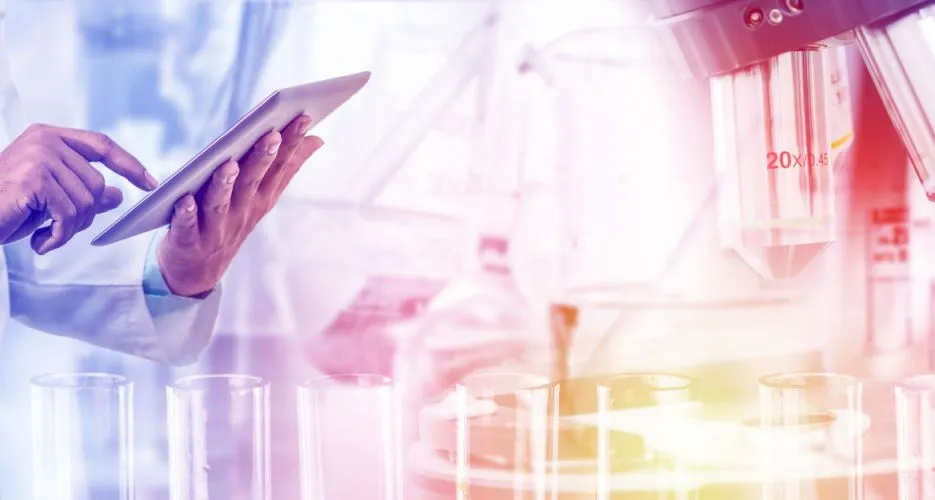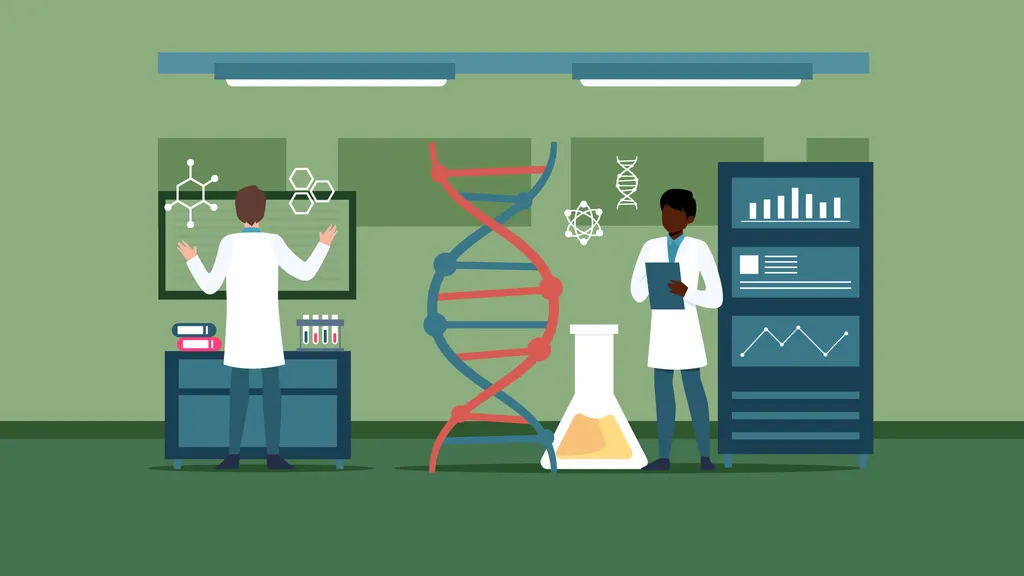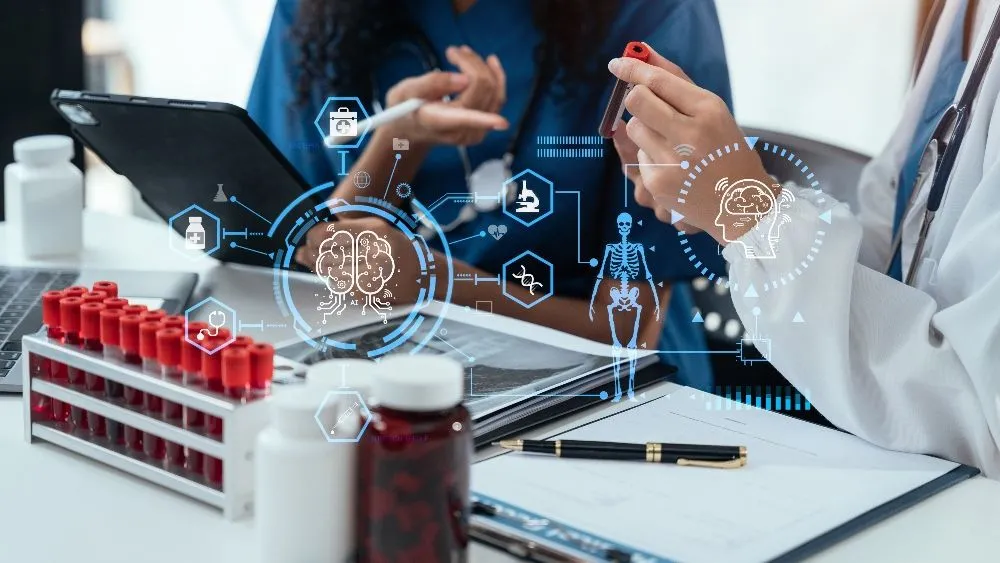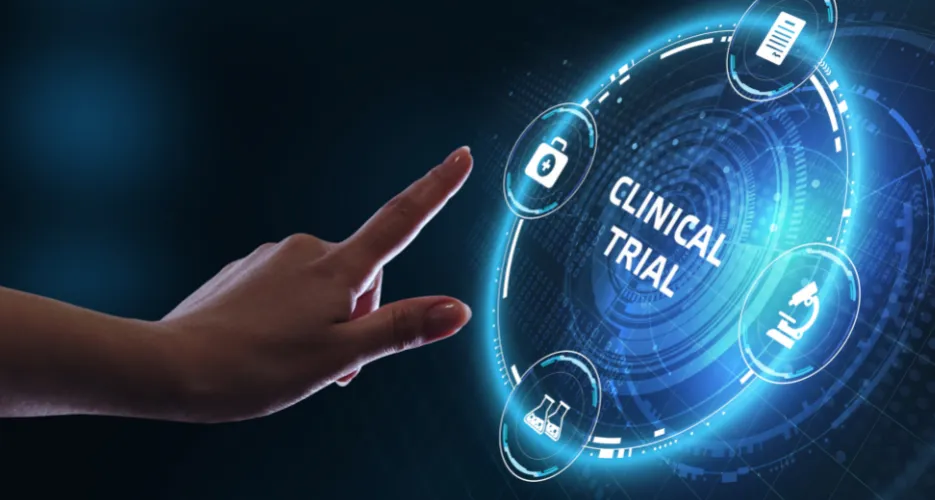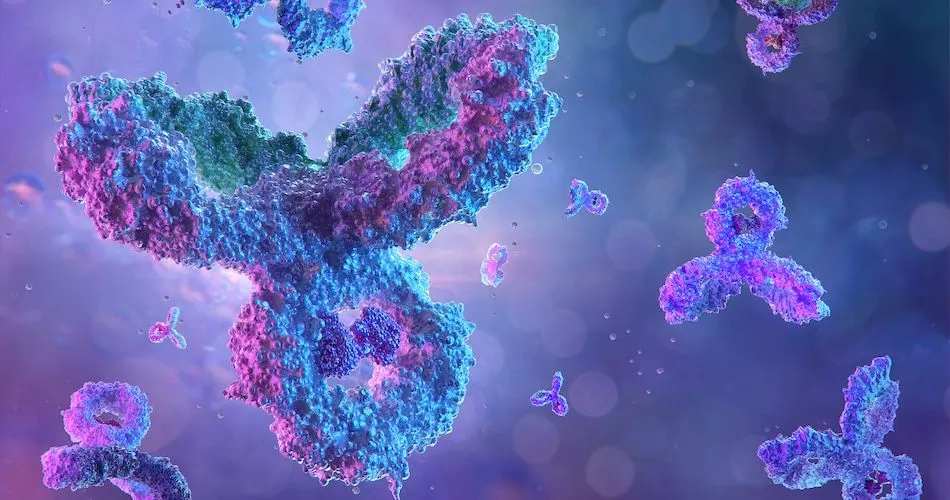DLBCL Clinical Trials: Promising Phase 1 Results of Golcadomide + R-CHOP

Marc Hoffmann, MD, from The University of Kansas Cancer Center, led a phase 1 trial evaluating a new treatment combination for DLBCL patients. Watch his interview below or read the summary of the findings.
What is Golcadomide?
Golcadomide (by BMS) is a fifth-generation immunomodulatory imide therapy. It helps kill cancer cells better than a prior-generation treatment in the same drug class, lenalidomide.
The medicine is taken by mouth. It works by binding to a protein called cereblon, which is part of a complex that helps label unwanted proteins for destruction in the cell. This action leads to the breakdown of specific proteins that regulate both the immune system and cancer cell growth, helping to boost immune activity and block cancer progression.
In Dr. Hoffmann’s study, golcadomide was given in combination with the commonly used R-CHOP regimen (rituximab, cyclophosphamide, hydroxydaunorubicin, Oncovin, and prednisone).
78 DLBCL patients received the therapy on days one through seven for six cycles (each month is approximately one cycle). The patient group had an average age of 63, and 82% of the patients had high-risk DLBCL.
How Effective is Golcadomide + R-CHOP for DLBCL?
At the end of treatment in this phase 1 study, 88% of patients didn’t show signs of active cancer (detected by a PET scan).
At the check-in point of 12 months after achieving remission, 96% of patients continued to remain in remission (duration of response).
The majority of patients experienced side effects from the treatment, most commonly neutropenia (low neutrophils, a type of infection-fighting white blood cell) and thrombocytopenia (low platelets, which help clot blood).
Summary
Dr. Hoffmann from The University of Kansas Cancer Center led a phase 1 clinical trial in which DLBCL patients received a treatment combination of a new medicine called golcadomide in combination with R-CHOP. At the end of treatment, 88% of patients achieved remission, and 96% of these remained in remission at the one-year follow-up. The most common side effects experienced were neutropenia and thrombocytopenia.
The treatment combination is continuing to be evaluated in clinical trial NCT06356129. Patients who would like to receive therapy can review their eligibility to participate in the trial.
Stay updated on DLBCL news with HealthTree. Subscribe to our newsletter today!
Sources:
Marc Hoffmann, MD, from The University of Kansas Cancer Center, led a phase 1 trial evaluating a new treatment combination for DLBCL patients. Watch his interview below or read the summary of the findings.
What is Golcadomide?
Golcadomide (by BMS) is a fifth-generation immunomodulatory imide therapy. It helps kill cancer cells better than a prior-generation treatment in the same drug class, lenalidomide.
The medicine is taken by mouth. It works by binding to a protein called cereblon, which is part of a complex that helps label unwanted proteins for destruction in the cell. This action leads to the breakdown of specific proteins that regulate both the immune system and cancer cell growth, helping to boost immune activity and block cancer progression.
In Dr. Hoffmann’s study, golcadomide was given in combination with the commonly used R-CHOP regimen (rituximab, cyclophosphamide, hydroxydaunorubicin, Oncovin, and prednisone).
78 DLBCL patients received the therapy on days one through seven for six cycles (each month is approximately one cycle). The patient group had an average age of 63, and 82% of the patients had high-risk DLBCL.
How Effective is Golcadomide + R-CHOP for DLBCL?
At the end of treatment in this phase 1 study, 88% of patients didn’t show signs of active cancer (detected by a PET scan).
At the check-in point of 12 months after achieving remission, 96% of patients continued to remain in remission (duration of response).
The majority of patients experienced side effects from the treatment, most commonly neutropenia (low neutrophils, a type of infection-fighting white blood cell) and thrombocytopenia (low platelets, which help clot blood).
Summary
Dr. Hoffmann from The University of Kansas Cancer Center led a phase 1 clinical trial in which DLBCL patients received a treatment combination of a new medicine called golcadomide in combination with R-CHOP. At the end of treatment, 88% of patients achieved remission, and 96% of these remained in remission at the one-year follow-up. The most common side effects experienced were neutropenia and thrombocytopenia.
The treatment combination is continuing to be evaluated in clinical trial NCT06356129. Patients who would like to receive therapy can review their eligibility to participate in the trial.
Stay updated on DLBCL news with HealthTree. Subscribe to our newsletter today!
Sources:
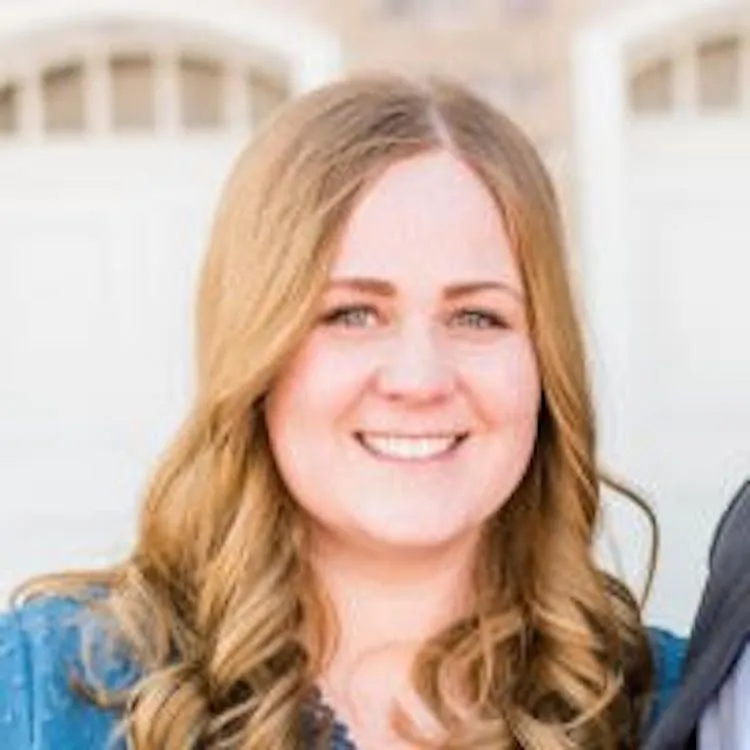
about the author
Megan Heaps
Megan joined HealthTree in 2022. She enjoys helping patients and their care partners understand the various aspects of the cancer. This understanding enables them to better advocate for themselves and improve their treatment outcomes.
More on Clinical Trials
Trending Articles
Get the Latest Blood Cancer Updates, Delivered to You.
By subscribing to the HealthTree newsletter, you'll receive the latest research, treatment updates, and expert insights to help you navigate your health.
Together we care.
Together we cure.
3x Faster.

